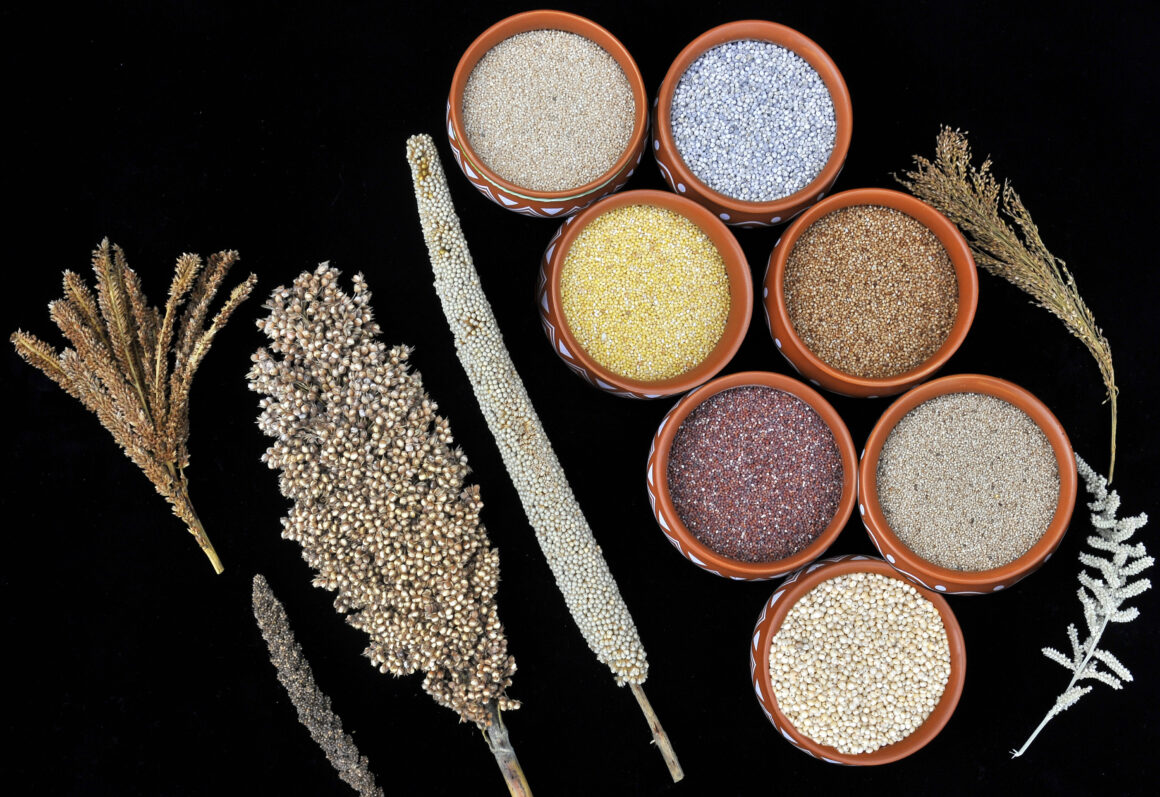
Are millets really better for me than rice and wheat? What even are they, and why are they considered good for the planet? Should I be cooking kodo and foxtail millet the same way? If you have been looking to include more millets in your diet, or have been bombarded with posts, billboards, and news articles talking about millets recently, chances are you’ve already asked some of these questions.
One of the reasons The Locavore is excited about millets is their incredible diversity, and the fact that they have been such an integral part of our food culture in India. But while the ‘ancient grains’ may be back in the spotlight again, we seem to have forgotten how to cook them!
The Millet Revival Project led by The Locavore in association with Rainmatter Foundation aims to facilitate a gradual incorporation of millets into our diets, and create a space for meaningful engagement around them, so we can act on the challenges and opportunities they bring to our plates, palates, and planet.
At The Locavore, we believe that there’s a need for us to be more connected to the food we eat, not only in terms of taste and nutritional value, but also in terms of a deeper awareness of where it comes from, who grows it, and how our consumption choices impact land, water, and people.
But that’s not all. In a world that is grappling with a climate emergency, it is crucial for us to consider sustainability in our agricultural practices. Millets are resilient in numerous ways—they require less water, will grow in high and low altitudes, and are more tolerant of heat—which not only makes them ideal to grow, but also a paragon for a future in which no one goes hungry.
We dreamt up the Millet Revival Project at The Locavore because we wanted to answer some questions – What impact does cultivating millets have on the natural resources and growers of India? How do we encourage change among consumers to enable eating practices that are good for both, people and planet?
What links the two, and how flavourful can it be?
Since then, we have been on an incredible journey with the Rainmatter Foundation to understand and revive millets, the ancient grains that have nourished us for generations. As we dive into the second phase of the Millet Revival Project, we’re thrilled to share a glimpse of everything we’ve accomplished so far:
We’ve published stories and interviews that examined millets from previously unexplored perspectives.
Janagiamma, a leader from the indigenous Kurumba community of the Nilgiris, tells us in ‘Keerai pori is something I enjoy during the monsoon’ how she eats in tune with changing seasons. The monsoons are for millets and bamboo.

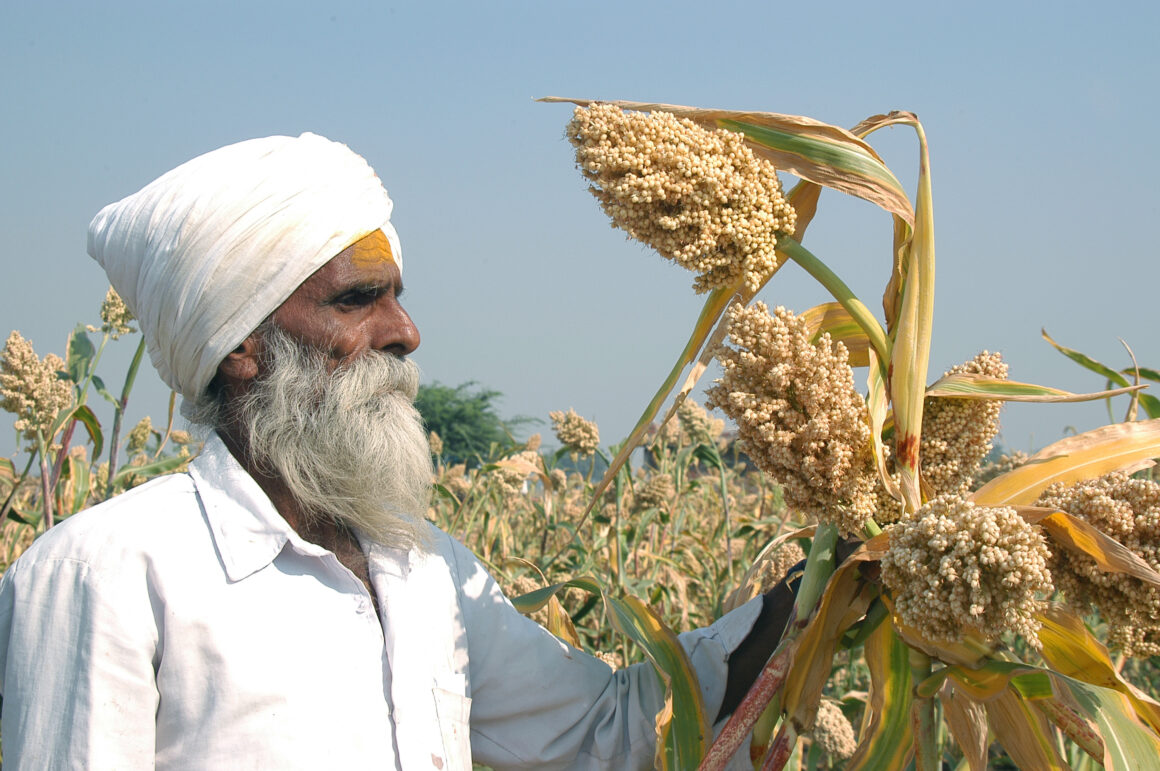
And Sharanya Deepak, in ‘A New Appetite for the Old Grain’ shows us why it’s essential to center the lives and livelihoods of millet growers and the lands on which they flourish, as the grains enter newer, urban markets.
We’ve brought together talented chefs and home cooks to work on a collection of millet-based recipes. For example, this unique version of the tikki that incorporates barnyard millet, paneer, and pumpkin, developed by Chef Ankita Jain.
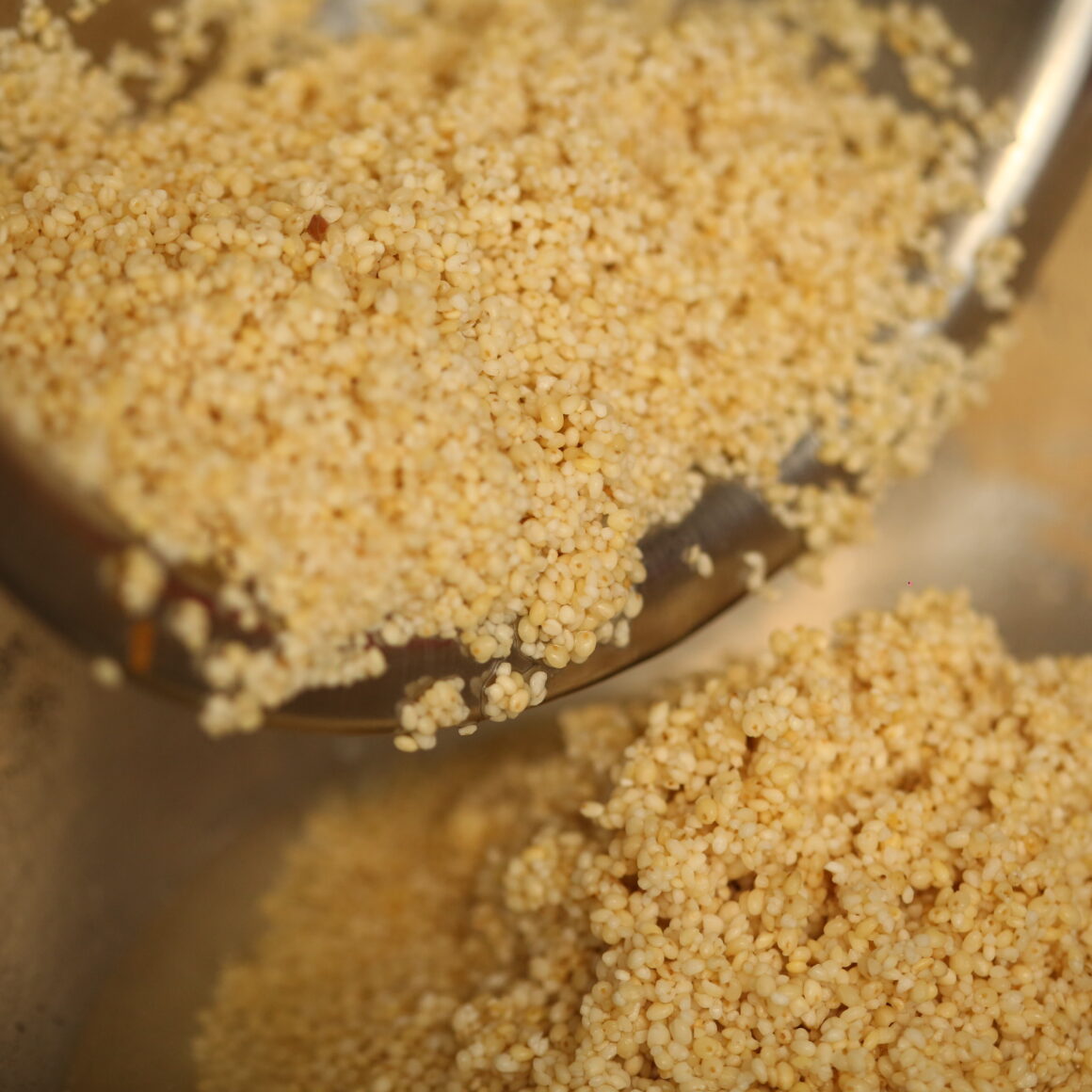

Or this banana leaf wrapped foxtail mutton pitha, developed by homechef Sayani Sengupta, who replaced the rice flour, used as a binding agent, with foxtail millet flour.
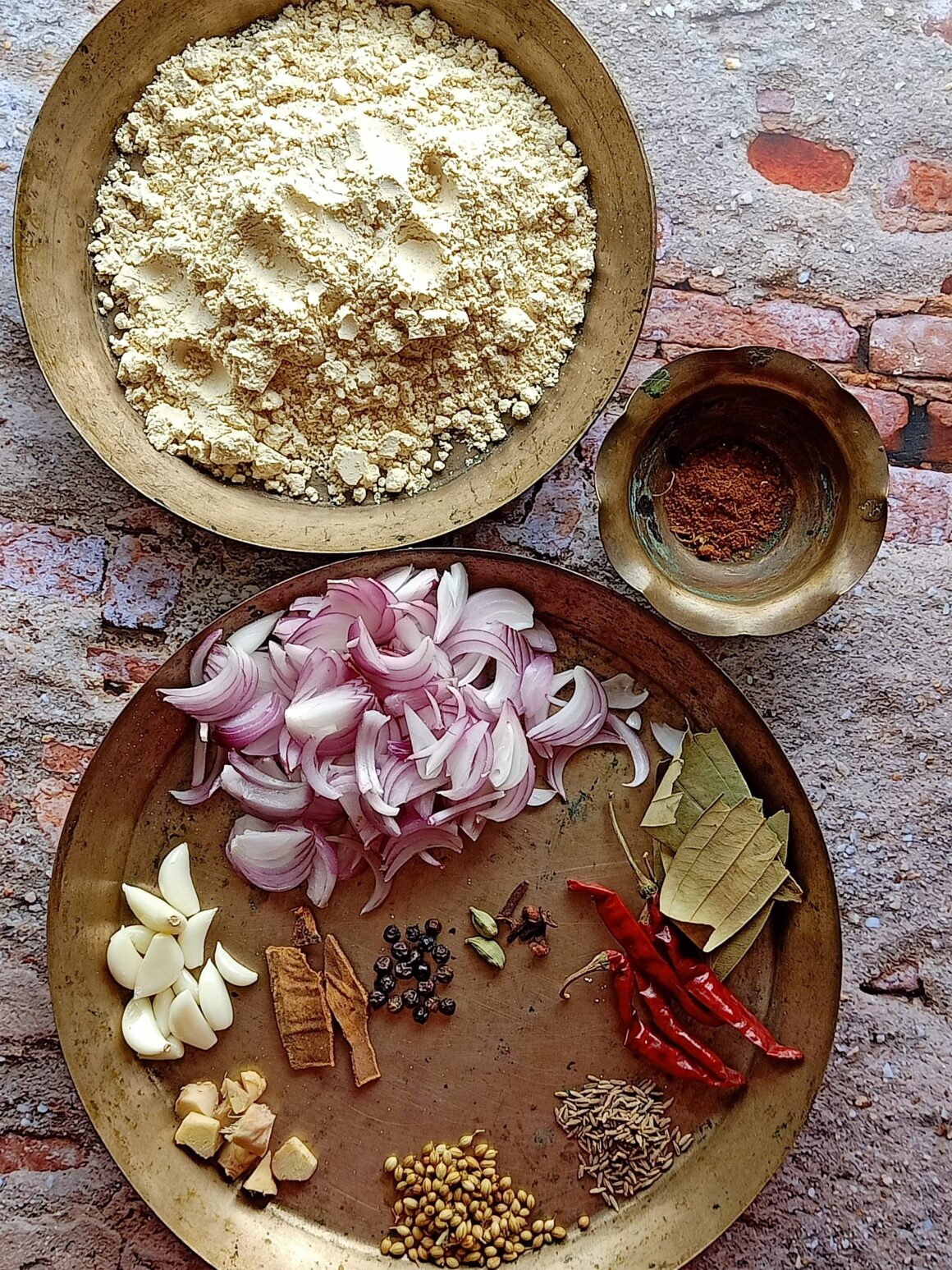
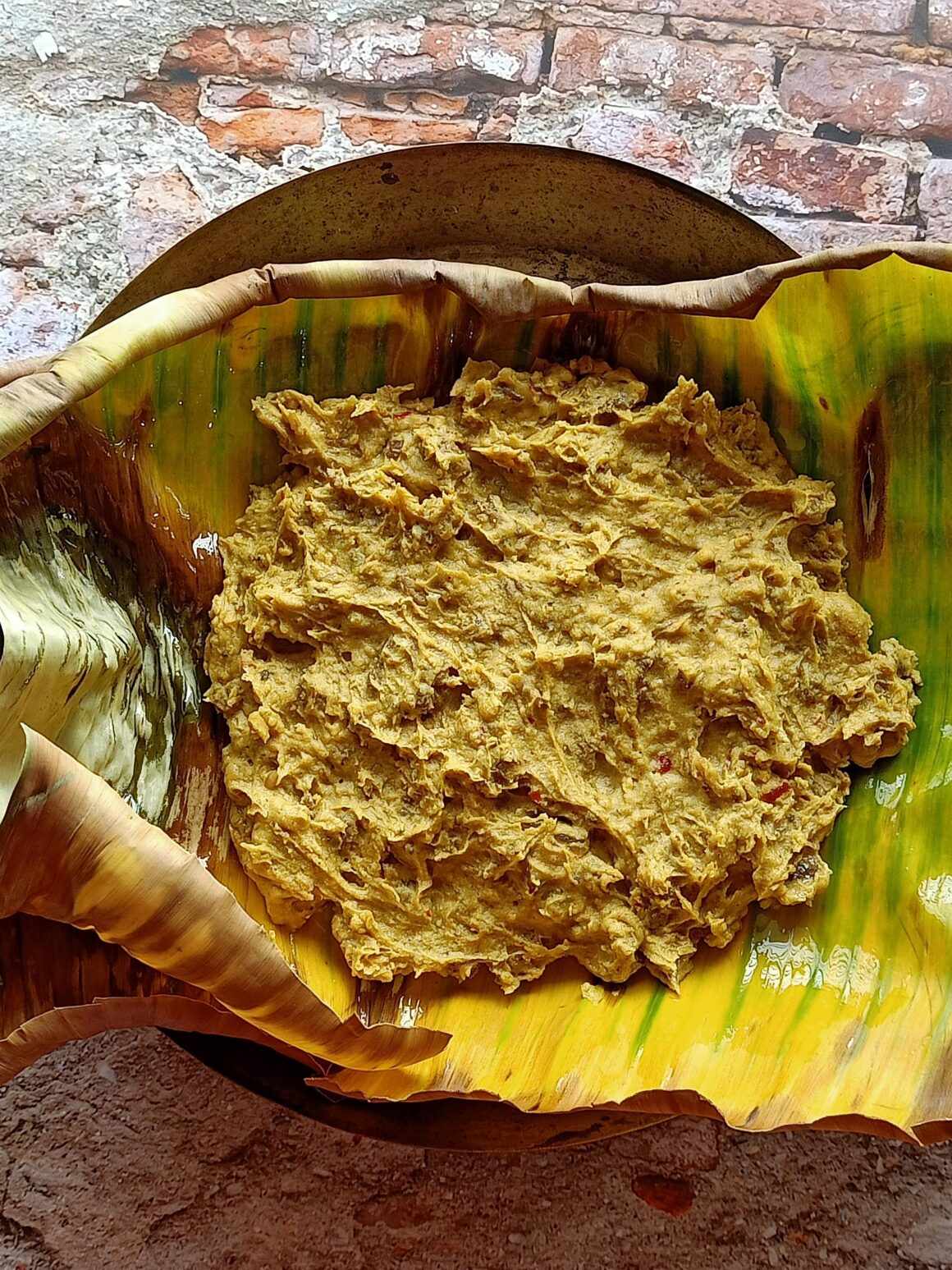

Our dedicated volunteers continue to innovate with millets, understanding the possibilities and limitations of each, in order to bring forth their incredible potential to nourish us in fun and accessible ways.
We’ve curated an open-access repository of trailblazing farmer groups, environmental organizations, consumer brands, restaurants, and experts working wonders in the millet space.

We’ve hosted events around the country, from Mumbai to Shillong, to spotlight millets, and teamed up with restaurants and chefs to bring the millet revolution to their kitchens.
At our Mumbai Meetup, we organised a millet cook-along with ChefTZac, a millet beer tasting with Great State Aleworks, heard field stories from OOO Farms, tasted a millet-based meal from Tillage, and tried pizzas made with a millet base from Hundo.
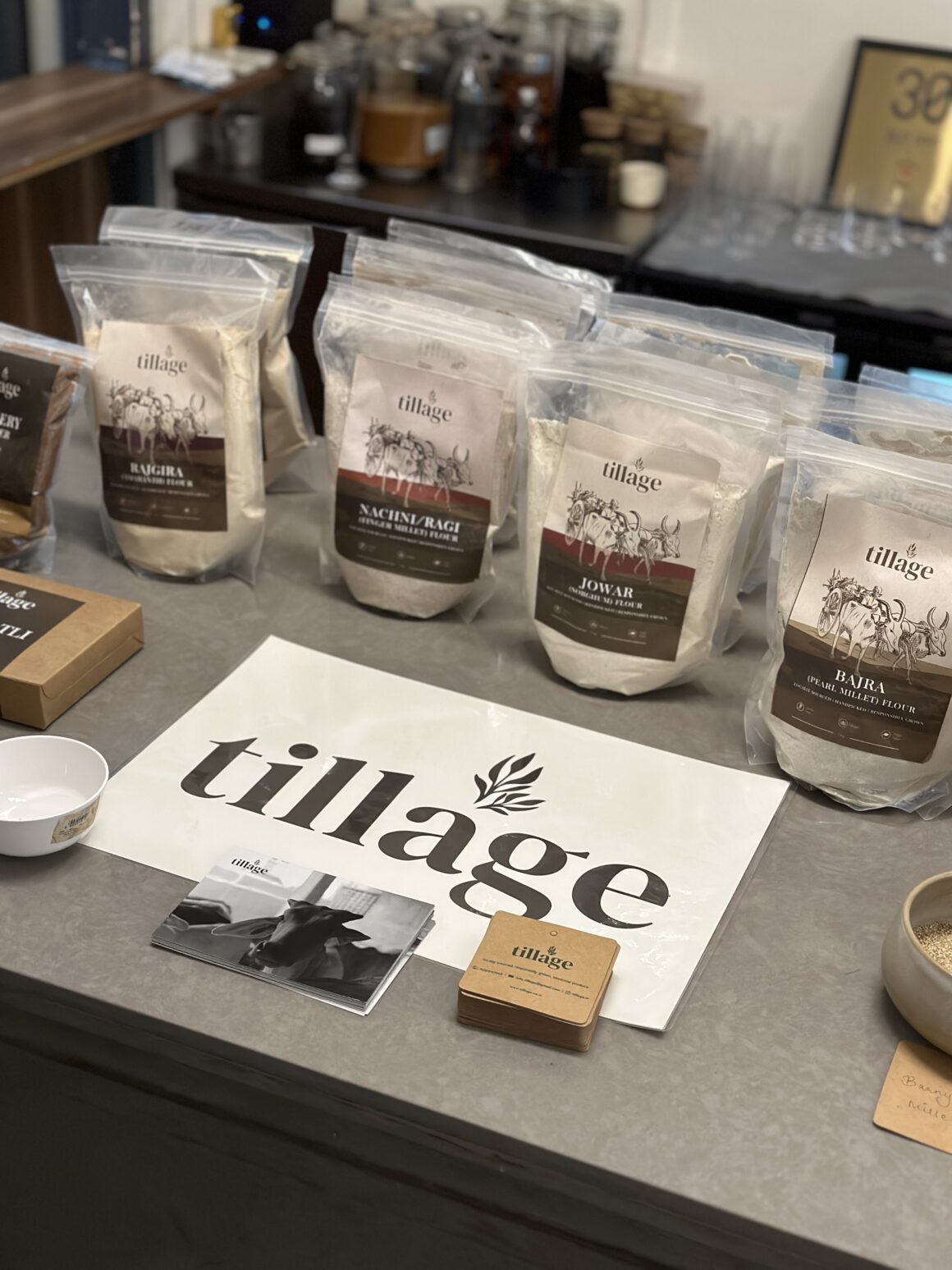

In Shillong, in association with the North East Slow Food and Agrobiodiversity Society, we organised a cooking demonstration with Chef Joel for Mei Ramew cafe, a recipe hackathon inspired by local techniques to create tastier millet dishes, and hosted conversations to understand the challenges to the revitalisation of millets.


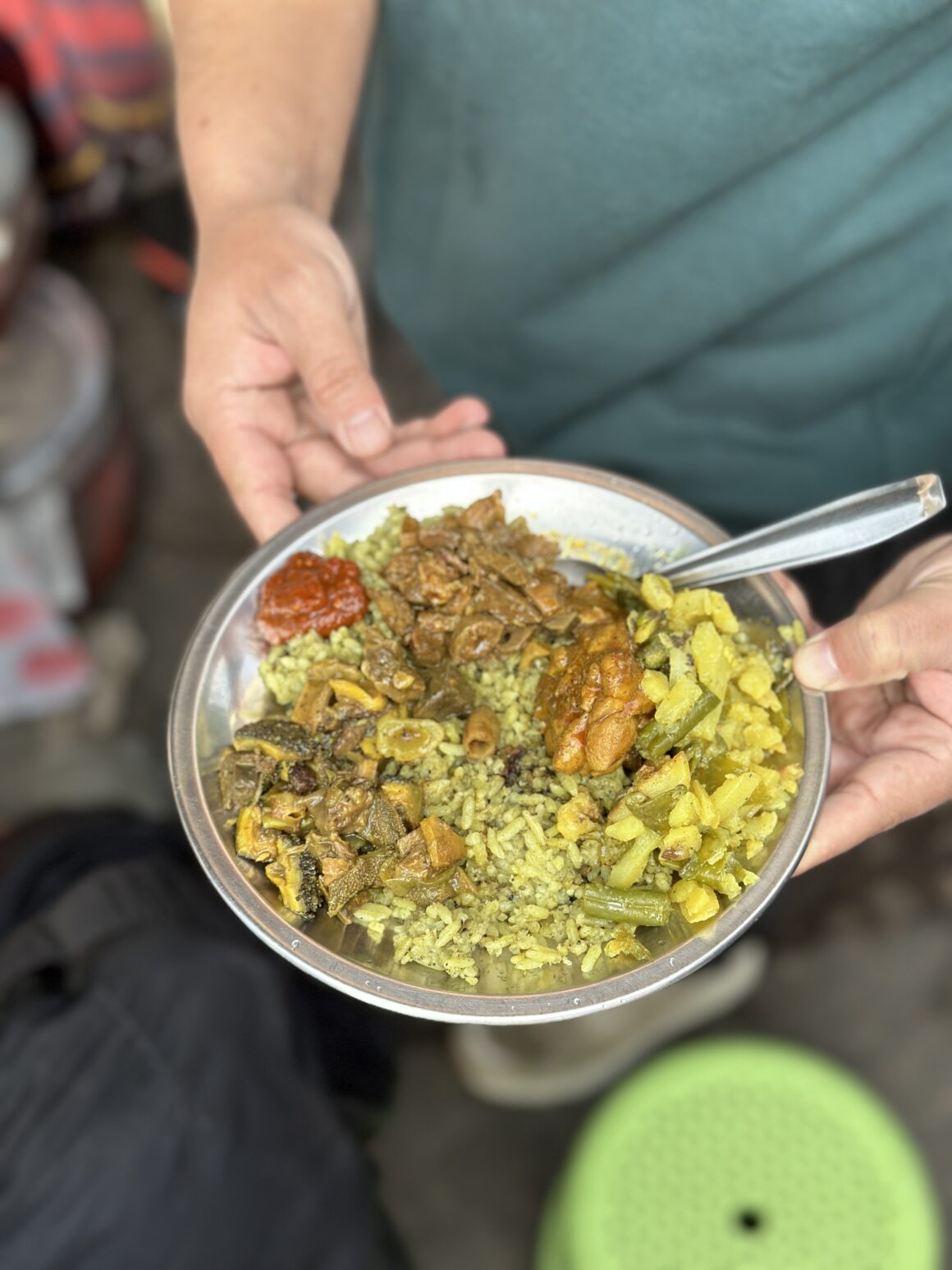
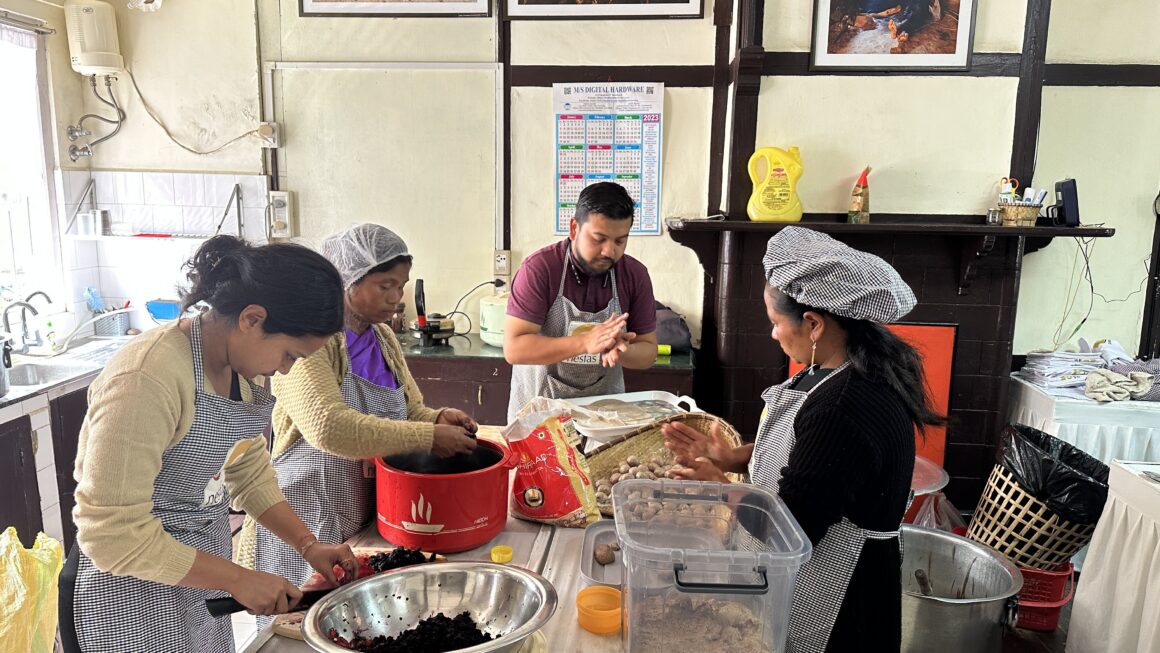
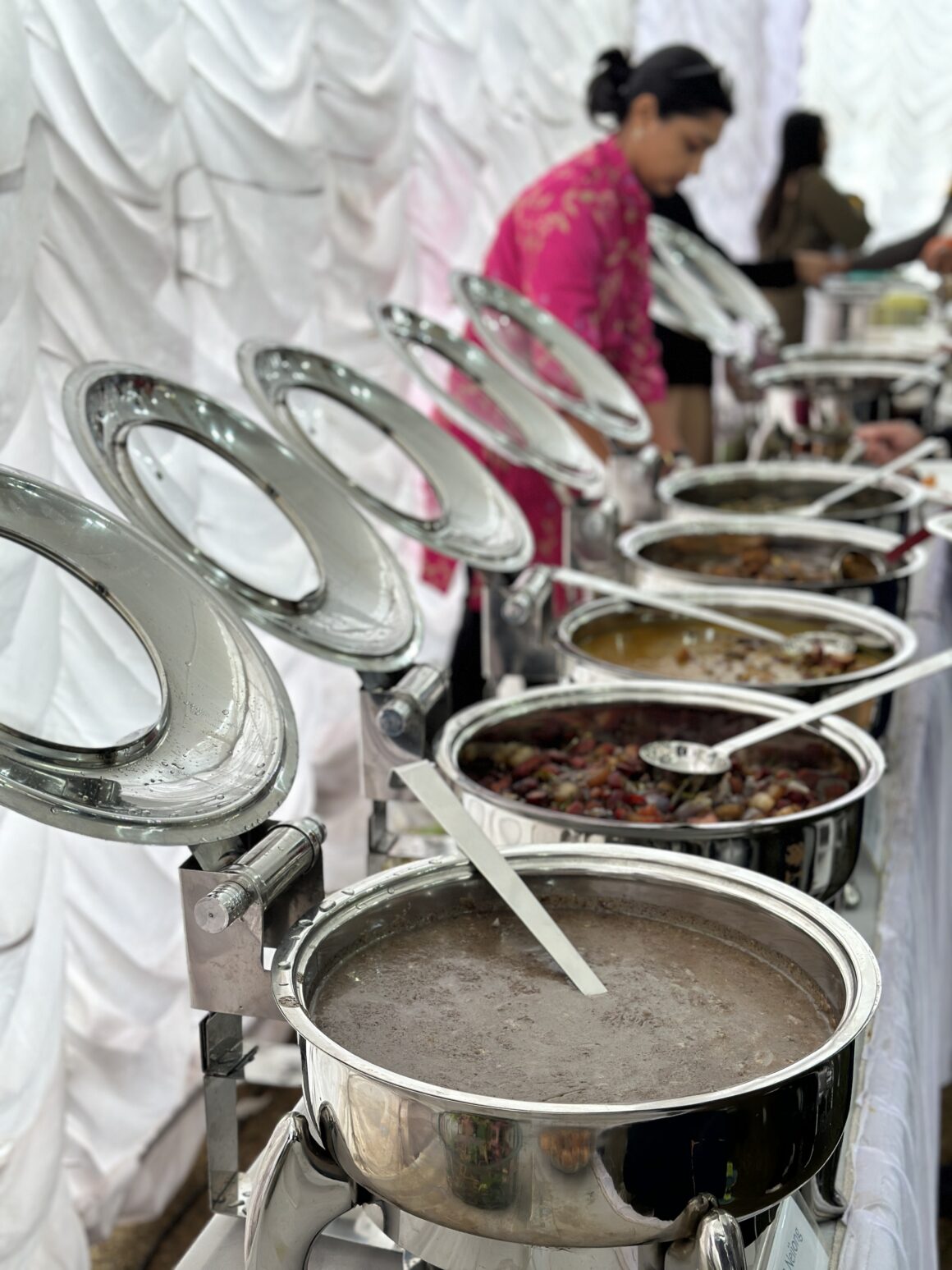
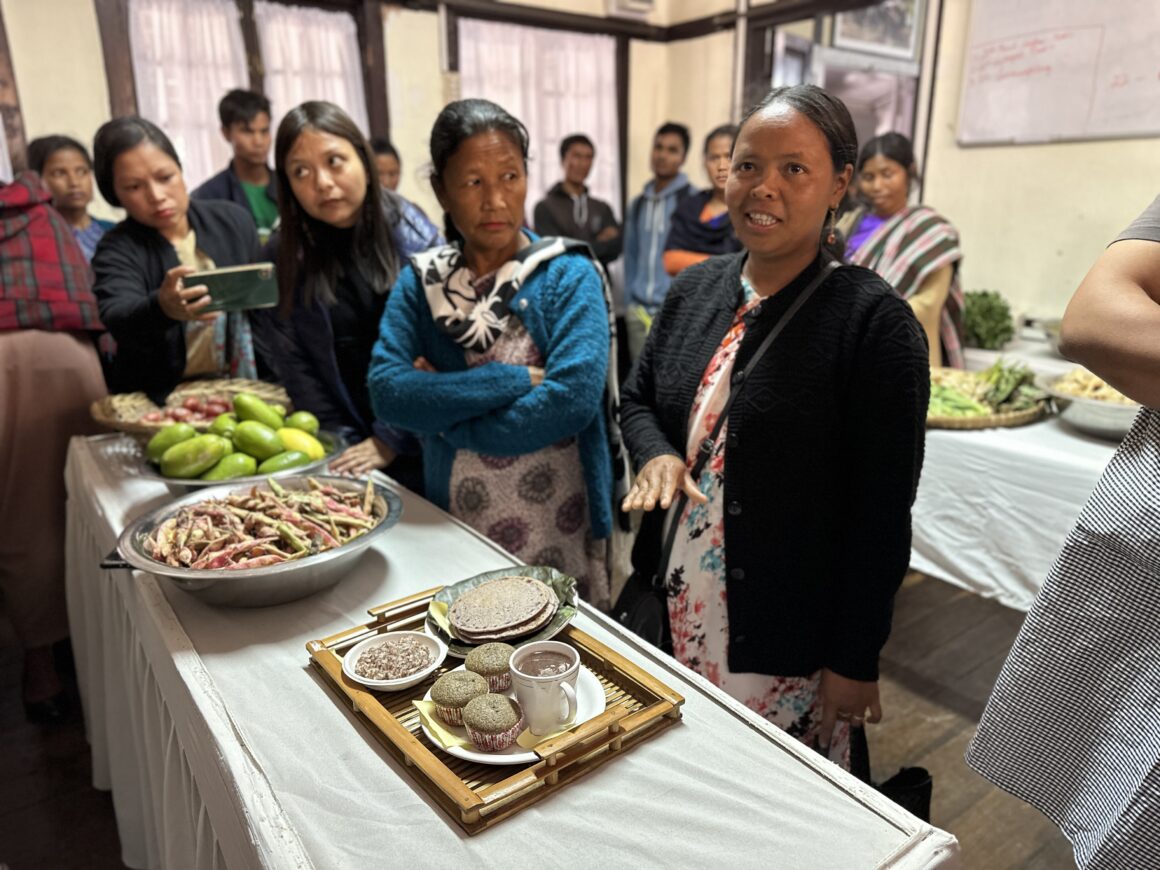
We’ve also tried to understand what the right questions to ask even were. How many millets do we grow and eat? What are the different varieties within each? How can we talk about them with these distinctions in mind? What do they taste like, and how can we play around with them to showcase their innate flavours? And once we asked this, it led us to questions like who was growing millets, and where, and what their challenges were. We wanted to focus on regionality, feasibility and accessibility. We wanted to know what a millet-forward future that incorporated all of these answers could look like.
So join us as we forage for millet stories, cook our way through their intricacies, gather enthusiasts and experts together, and understand what truly makes these grains special—for farmer and field, and you and me.
